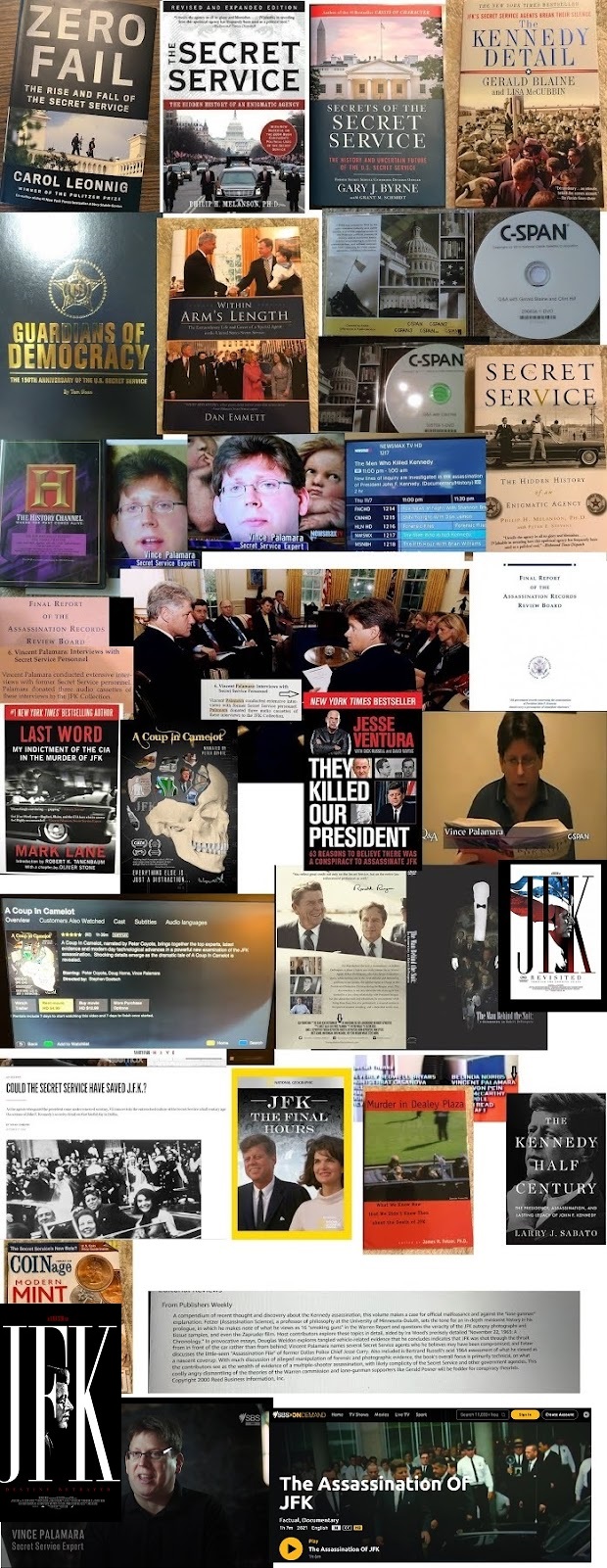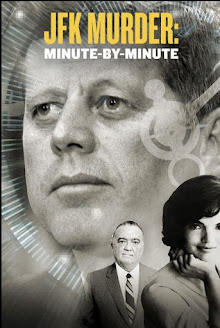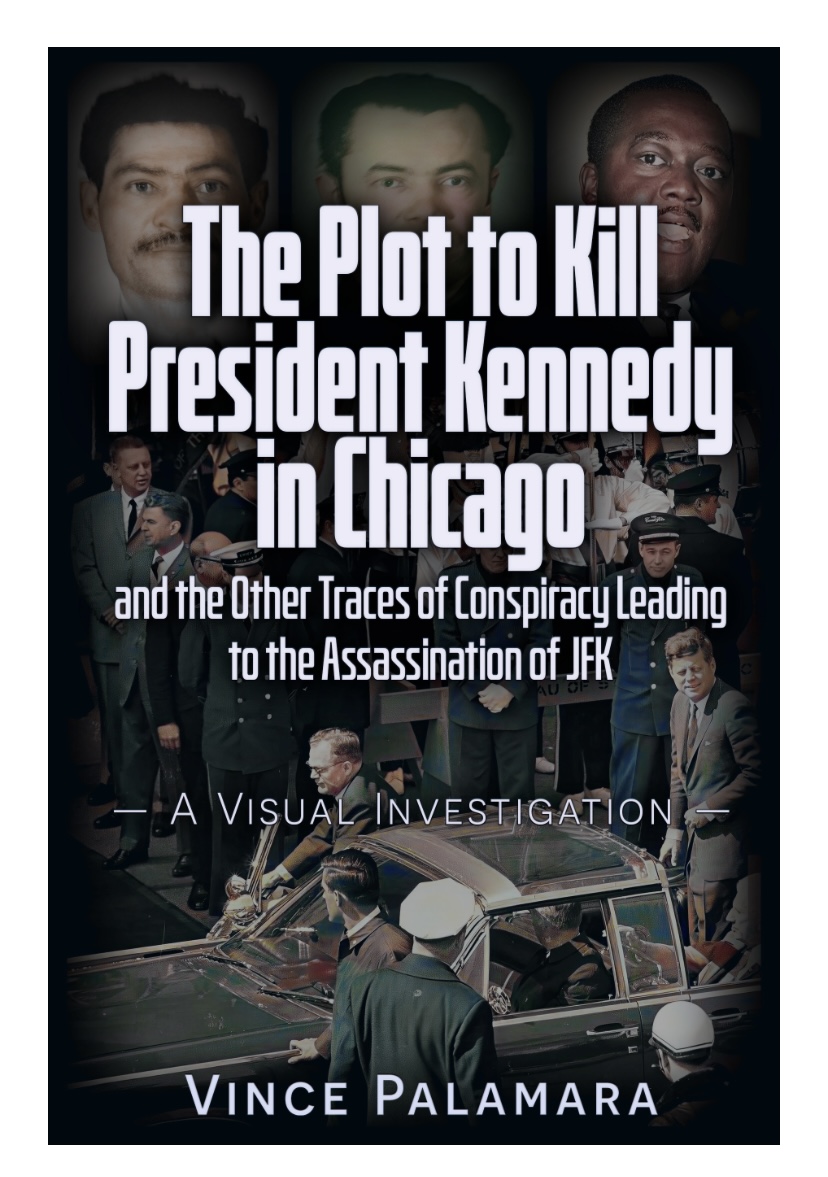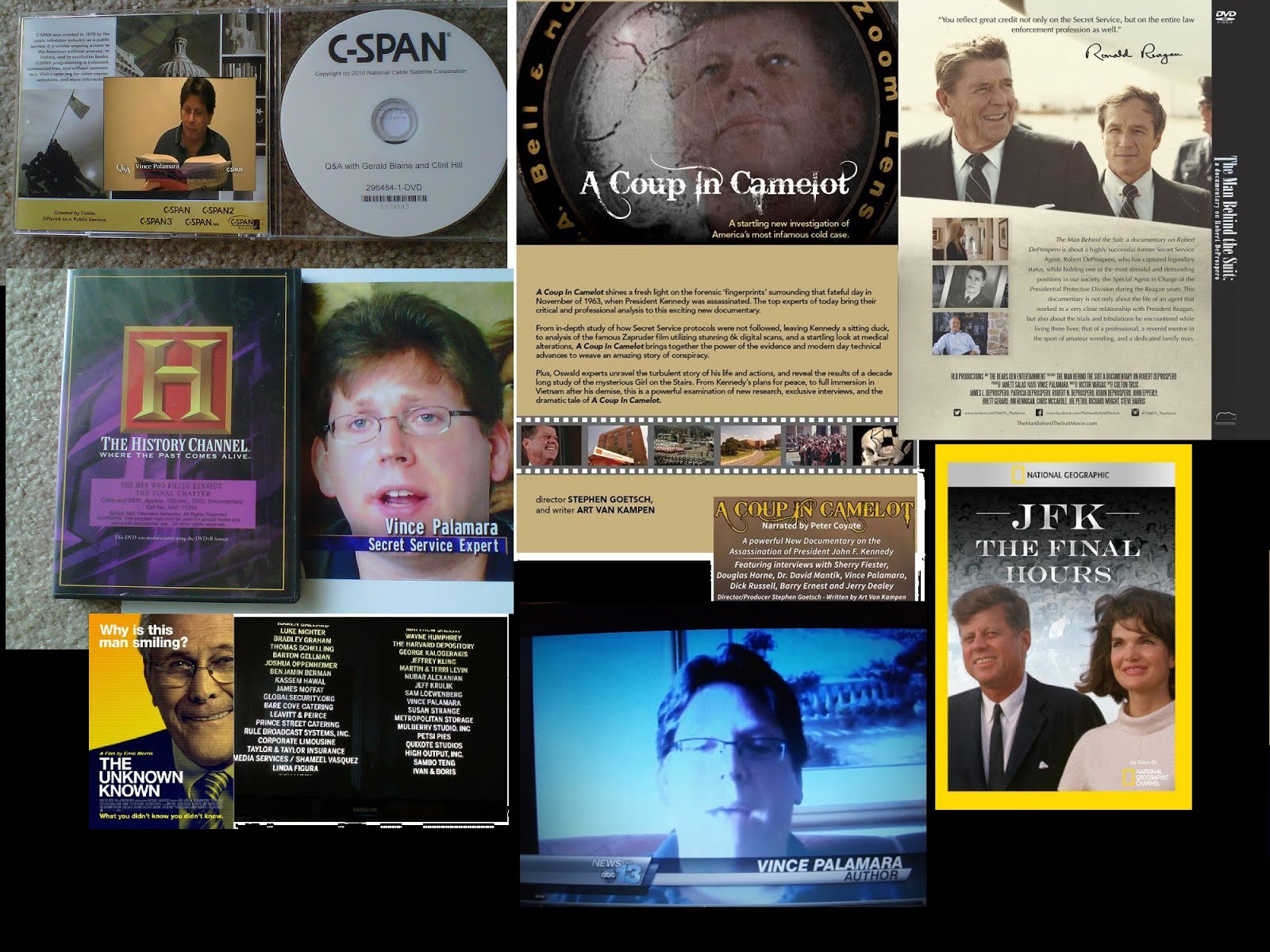Wednesday, April 18, 2012
Precedent: “Drinking, partying, and sex became part of traveling with the President”- JFK Agent Tony Sherman
Precedent: “Drinking, partying, and sex became part of traveling with the President”- JFK Agent Tony Sherman
Posted on April 18, 2012 by vincepalamara
“Drinking, partying, and sex became part of traveling with the President”- JFK Agent Tony Sherman—”The Kennedy Curse” by Edward Klein (2003), page 173;
JFK Agent Joseph Paolella: “[He] acknowledged that the Secret Service’s socializing intensified each year of the Kennedy administration, to a point where, by late 1963, a few members of the presidential detail were regularly remaining in bars until the early morning hours [emphasis added].” Seymour Hersh, “The Dark Side of Camelot”, page 244
JFK Agent Abraham Bolden, both in his book and in correspondence with myself, confirmed that the agents indulged in sex parties/ orgies, drinking, and partying.
Nine of the agents from Kennedy’s White House Detail drank alcohol the night before the assassination in Fort Worth (at the Fort Worth Press Club and, presumably, The Cellar “Coffee House”), including four who had critical duties in the follow-up car directly behind his limousine: Bennett, Landis, Hill, and Ready. (Interestingly, they were all from Shift Leader Emory Roberts’ particular shift. Significantly, None of the agents from the V.P. LBJ detail were involved in the drinking incident.)152 The owner of the Cellar, Pat Kirkwood, said: “About 3:30 in the morning, these Secret Service men were sitting around giggling about how the firemen were guarding the president over at the Hotel Texas … Jack Ruby used to come over Friday nights and steal my [stripper] girls … Lee Harvey Oswald washed glasses for two nights at the San Antonio Cellar … We didn’t say anything, but those guys were bombed. They were drinking pure Everclear [alcohol].”153 Likewise, reporter Jack Moseley stated “The … Secret Service activity of which I had knowledge was the large amount of alcohol consumed by members of the Secret Service at the Fort Worth Press Club, where the bar did not close at the regular time that night.”154 Although this flagrant violation of Secret Service regulations was grounds for dismissal from the service,155 none of the men were punished in any way whatsoever by Chief Rowley, who did not want to stigmatize the agents and their families.156 In addition, although all the agents had to report for duty at 8:00 a.m., several stayed out until between 1:30 a.m. and 3:00 a.m. One—Landis—stayed out until 5:00 a.m.!157 Sleep deprivation can wreak havoc on even the best trained reflexes. DNC advance man Jerry Bruno told the HSCA: “Asked to comment about drinking after hours, he said: ‘They were not “one beer” drinkers. They could really put it away,’ he said. He related an incident on the Naples trip where an agent, whom he did not identify, pulled his gun on a hotelkeeper who would not open a bar late at night to serve them. This trip was in [July] 1963 prior to the Texas one.”158
So, in addition to admitted alcohol consumption and little (if any) sleep, these trained men were assigned to protect President Kennedy in Dallas, stationed a mere five feet or so behind the limousine. Incredibly, the majority of the agents, like the majority of untrained Dealey Plaza spectators, thought the first shot was either a firecracker or a motorcycle backfire; one even said he thought a tire had blown out. Only a select few, including Roberts, who did nothing to protect JFK, knew the first shot was a rifle shot.159 As for their collective reflexes, they were non-existent. Driver Greer shoulders perhaps the heaviest burden for his particular lack of action. Coupled with Roberts’ actions and inactions and Boring’s ‘instructions’, the alcohol and lack of proper sleep could all spell the reasons for the agents’ inactions. Senator Ralph Yarborough, seated in LBJ’s car, summed up the situation best: “All of the Secret Service men seemed to me to respond very slowly … I am amazed at the lack of instantaneous response by the Secret Service, when the rifle fire began.”160 As former JFK Secret Service Chief U. E. Baughman wrote in 1962: “Every one of [the agents] must be ready to place his own body between the President and any danger to him … The individual bodies of the White House Detail are, in the last analysis, the final defense the Secret Service has against an attack on the person of the President. They are human shields. The men of the White House Detail have never failed to perform their duty when called upon to do so.”161 Author James Hepburn said that JFK’s Secret Service White House Detail “worked like a troop of boy scouts … they had lost their reflexes.”162 With regard to November 22, 1963, perhaps Secret Service Officer John Norris summed it up best: “Except for George Hickey and Clint Hill, everybody else just basically sat there with their thumbs up their butts while the president was gunned down in front of them.”163
152
Glen Bennett [18 H 682], Clint Hill [18 H 685], John Ready [18 H 690], and Paul Landis [18 H 687]. Berger, Grant, Johnsen, Lawton, and Olsson were the other five. 18 H 665–702; WR, pp. 449–451.
153
Harrison Livingstone and Robert Groden, High Treason, 1998 edition, pp. 129–130.
154
Arkansas News Bureau online report, October 31, 2003; Moseley email to author, December 18, 2003.
155
18 H 665.
156
A good discussion of this the drinking incident, based in part on the author’s work, can be found in The Secret Service: The Hidden History of an Enigmatic Agency by Philip Melanson with Peter Stevens, pp. 69–71.
157
See also Manchester, p. 88. In his Secret Service report dated November 30, 1963 [CD 3 Exhibits], Landis wrote: “[At Love Field] … I remember speaking to him [Sam Kinney] and standing by the follow-up car and jokingly asking him if he could tell me where the follow-up car was.” In light of Landis’s drinking and obvious lack of sleep, perhaps he wasn’t joking after all.
158
HSCA interview with Bruno, December 13, 1977 (RIF#180–10117–10264).
159
First shot as a Firecracker: Lawson, 4 H 352; Kellerman, 2 H 73; Bennett, 18 H 760; Hickey, 18 H 762; Ready, 18 H 749; Hill, 2 H 138; Kivett, 18 H 778; Johns, 18 H 773; Taylor, 18 H 782; Youngblood, November 29, 1963 report: “… not sure whether it was a firecracker, bomb, bullet, or other explosion.” Backfire: Greer, 2 H 117; Johns (again), 18 H 773. Tire blowout: Landis, 18 H 754. In addition to Roberts (18 H 734), driver Kinney (November 30, 1963 report; February 26, 1978 HSCA interview), and McIntyre (November 29, 1963 report; January 31, 1978 HSCA interview) recognized the first shot as a shot.
160
7 H 440. See also The Men Who Killed Kennedy, 1988: “The Secret Service in the car in front of us kind of casually looked around and were rather slow to react.”
161
Secret Service Chief, pp. 62–63.
162
Farewell America: Ch. 14, entitled “Secret Service”, pp. 295, 299.
163
JFK: Breaking the Silence, pp. 113–4. Norris echoed the same sentiments to this author on March 4, 1994.
Subscribe to:
Post Comments (Atom)










































![VINCE PALAMARA [remember to scroll all the way down!]](https://blogger.googleusercontent.com/img/b/R29vZ2xl/AVvXsEjSZ-Z_puqnjl3UgdiJxBenMyIMaFhmBD-PYQUsxCtFS4UF7dJQB6n32rt9a0ZqFRPmuBoukhrMZxv6LOD9GoUGPiaShO3wj_8xL98obRAsUbIf0mXutzbq7jKDrCp8Y-Y0k9rnS5ARjQQ/s1600/11.jpg)


![CHAPTER 8 OF ARRB FINAL REPORT [I AM IN THIS REPORT, AS WELL]...HMMM---THE SECRET SERVICE DESTROYS](https://blogger.googleusercontent.com/img/b/R29vZ2xl/AVvXsEimGbOuG69gW-cgAbsfjd8p8PD-subznIjcsQXUSFq560o_kiXunf9TcH0fkOqmWuK73id6m5TyVMhWcfBrPUEee6JLbvqNZKdIVQa5Drcz568Ue6GZdf_PUtLuLwPDcucv3gOn5KGBZPw/s1600/DSCF0462.JPG)




No comments:
Post a Comment